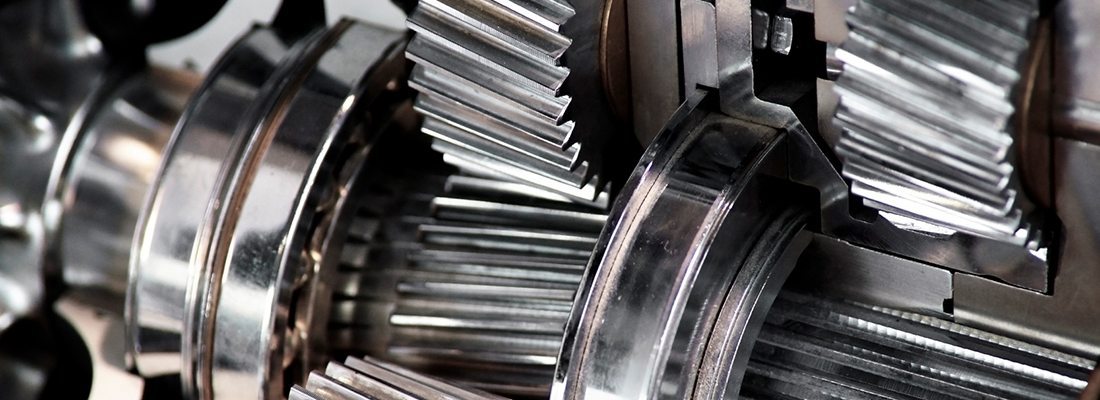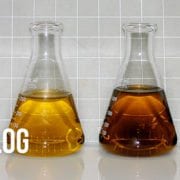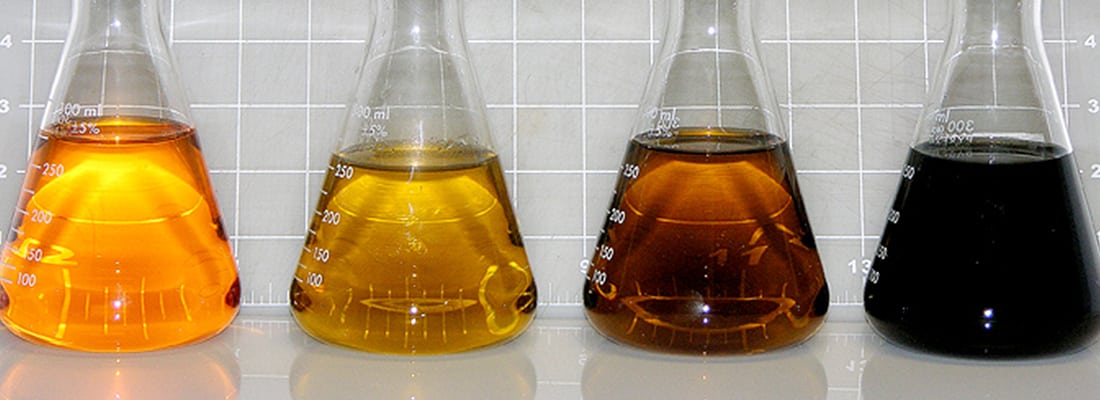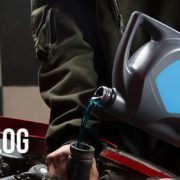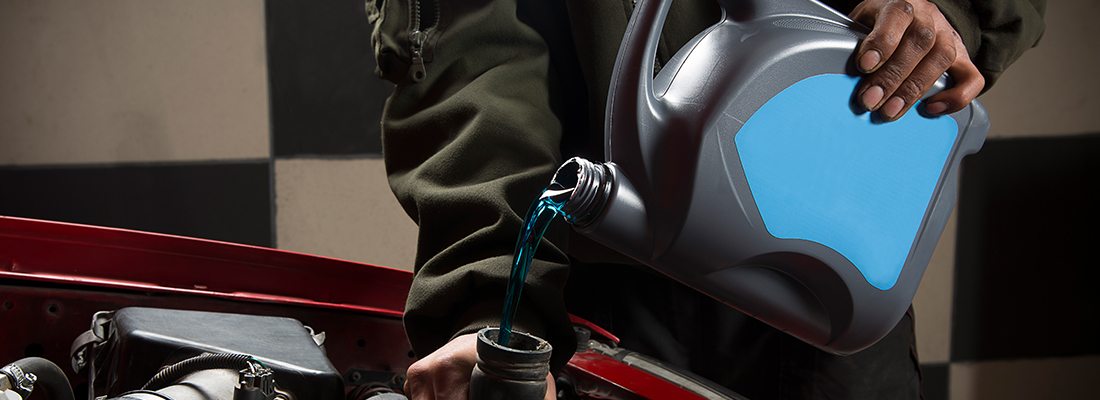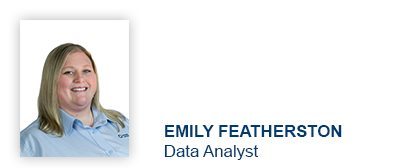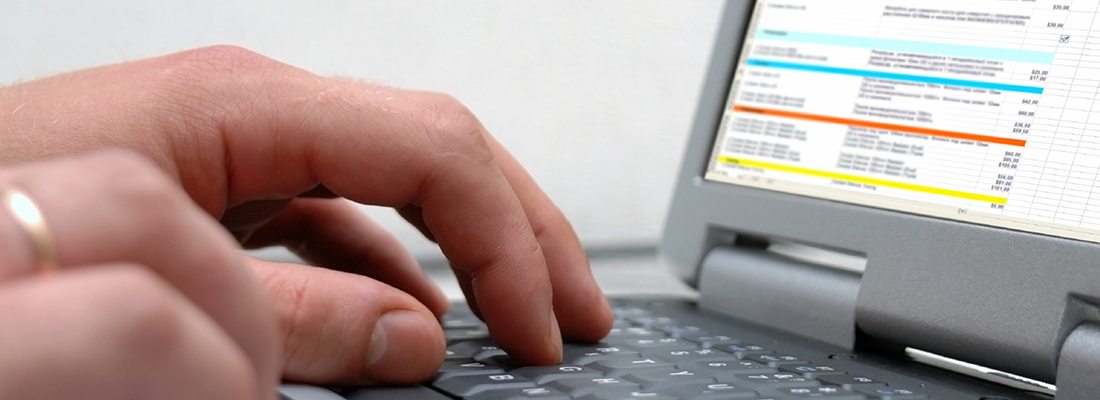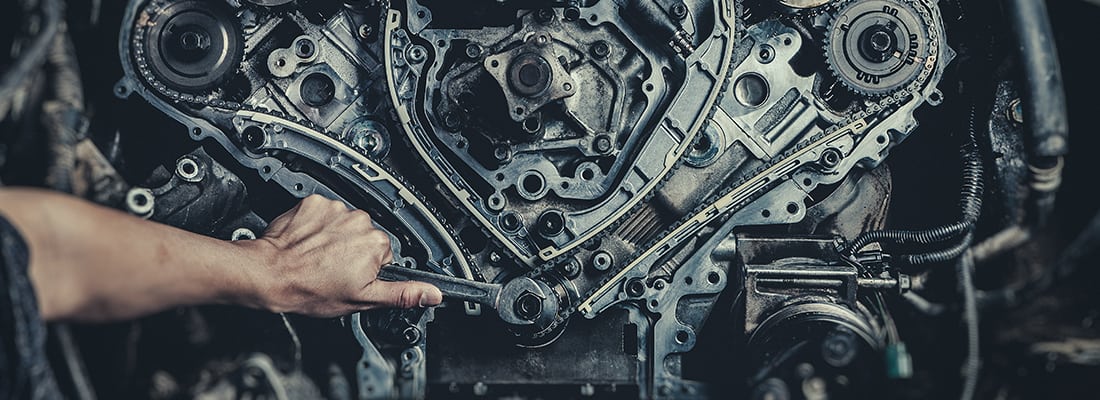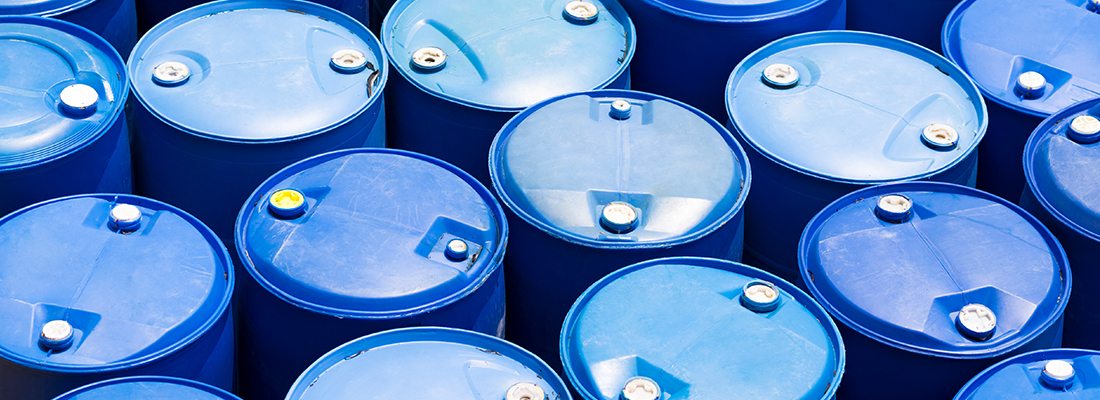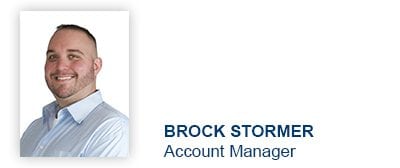Compliance Yields Results

When equipment replacement costs hit an all-time high, a worldwide oil field service company turned to our team to revitalize their fluid analysis program. Coming from a low rate of compliance with a different fluid analysis firm, the company took a new approach to fluid analysis by adopting our web-based fluid analysis management system, HORIZON®.
Program Impact
Working together, our team designed an effective fluid analysis solution for the oil service company. We assembled a team of qualified experts in customer service, IT and field services to facilitate implementation. Site visits were made to each location, and the company’s employees received training on fluid sampling and use of the HORIZON system. Fluid analysis program champions were identified in the oil service company to provide onsite leadership and keep the program on track.
Results
Eighteen months after implementing its new fluid analysis program, the company’s compliance rate climbed from 40 to 70 percent. The company was able to make better maintenance decisions thanks to the qualified data and recommendations we provided. The oil service company now can plan for most outages, making operations more efficient and improving their bottom line.
To learn how POLARIS Laboratories® can help improve your team’s compliance rate, contact us at custserv@eoilreports.com.

Proven Impact. Proven Uptime. Proven Savings.
Let us prove it to you.



